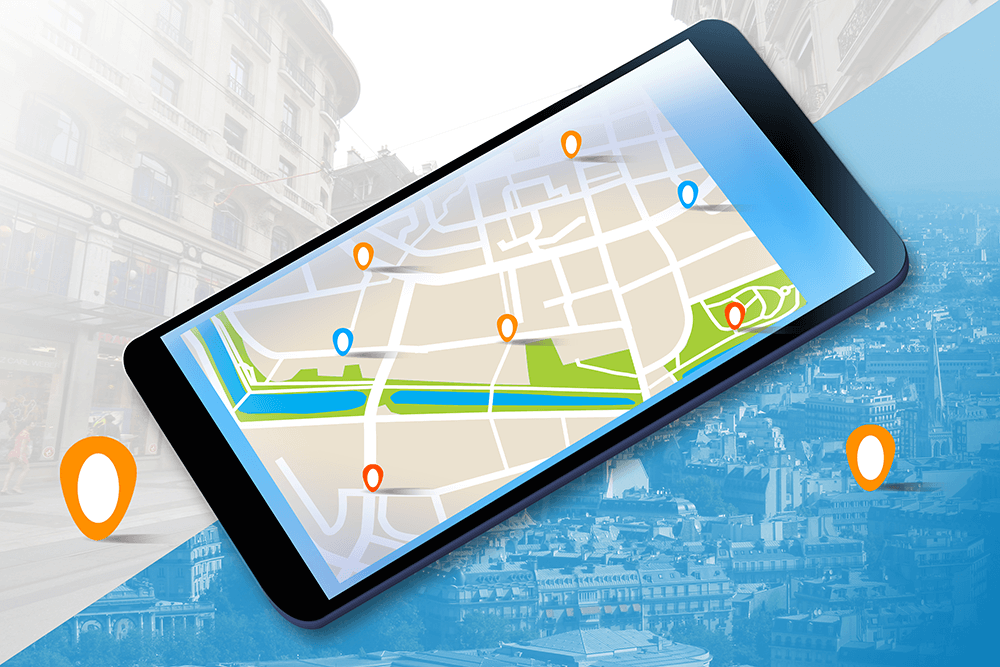Bernard Marr reports in his blog, illustration by Justin Metz in Fortune:
Where computers have lagged behind humans is in their inability to learn from errors. Google’s use of deep learning in image analytics has extended to image enhancement. The systems can fill in missing details. Analytics of video stored on Google’s servers (is) analysed for context, content and provides video recommendations on YouTube. Waymo uses deep learning in its autonomous systems. Language processing AI uses deep learning to understand spoken commands and questions.
Right now, deep learning is the cutting-edge area of artificial intelligence (AI). While computers have traditionally been very fast, they’ve not been that clever – not compared to a human brain, at least. Where computers have lagged behind us humans is in their inability to learn from errors, and the fact that they needed a human to give precise instructions on what to do, when and how.
Deep learning, the technology behind speech and image recognition, has changed all that and is already being used in many applications today. Here’s a look at how one of the pioneers of deep learning, Google, is using it across many products and services to boost its customer offerings and business performance.
How Google uses Big Data in practice 
Google first explored the possibilities of deep learning back in 2011, with the Google Brain project. The next year, the company announced that it had managed to build a neural network that could simulate human cognitive processes. Running on an incredible 16,000 computers, the system studied 10 million images and learned how to identify a cat in a photo. It may not sound that exciting, but it was a big leap in deep learning.
Google signalled how important deep learning was to its business with its 2014 acquisition of Deep Mind, a UK-based deep learning specialist. The startup’s pioneering work involved connecting cutting-edge neuroscience research to machine learning techniques, resulting in systems that acted more like “real” intelligence (i.e. the human brain).
Google’s first practical use of deep learning was in image recognition, where it was used to sort through millions of internet images, and accurately classifying them according to what was in the images, in order to return better search results. Now, Google’s use of deep learning in image analytics has extended to image enhancement. The systems can fill in or restore missing details in images, simply by learning from what’s already there in the image, as well as what it’s learned from other, similar images.
In video analytics, Google Cloud Video Intelligence has opened up video analytic technology to a much wider audience, allowing video stored on Google’s servers to be analysed for context and content. This enables the generation of automated summaries, or even security alerts when the AI detects something fishy going on in a video.
Language processing is the second area where Google has implemented deep learning. Google Assistant speech recognition AI uses deep learning to understand spoken commands and questions, thanks to techniques developed by the Google Brain project. Google’s translation tool now also comes under the Google Brain umbrella, and operates in a deep learning environment.
The third key use of deep learning at Google is to provide better video recommendations on YouTube, by studying viewers’ habits and preferences as they stream content, and working out what would keep them tuned in. Google already knew from the data that suggesting videos that viewers might want to watch next would keep them hooked, and keep those advertising dollars rolling in. Google Brain is once again the, well, brains behind this technology.
In other areas of the business, Waymo, Google’s self-driving car division, uses deep learning algorithms in its autonomous systems, to enable self-driving cars to get better at analysing what’s going on around them, and react accordingly. And Deep Mind is, at present, working on projects in the healthcare field, using deep learning techniques to spot early signs of cancerous tissue growth and eye damage.
The technical details
In deep learning, artificial neural networks are built that try to simulate the way a human brain sorts through and processes information. The word “deep” alludes to the use of multiple layers of neural networks, layered on top of one another. This way of processing data is called a “deep neural network”. The complexity of a deep neural network means it’s capable of processing information much more accurately than the other AI technologies that have preceded it.
Ideas and insights you can steal
Google is a deep learning pioneer and there’s no doubt the company has helped bring the technology to a much wider audience. There are a lot of high hopes for deep learning, and it’s expected to deliver some huge leaps forward over the coming years, in almost every field and industry. The epic groundwork laid by Google will play a major role in that future.




















0 comments:
Post a Comment